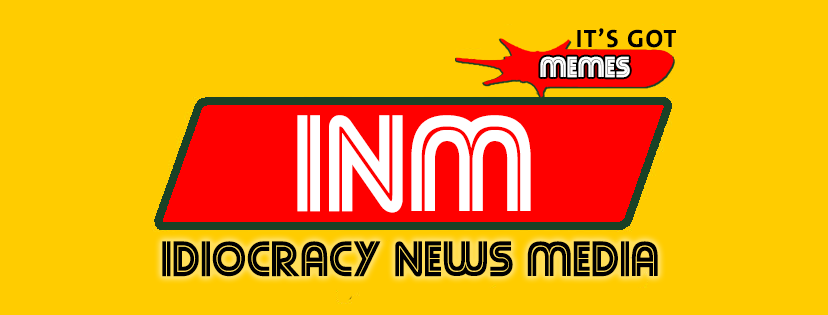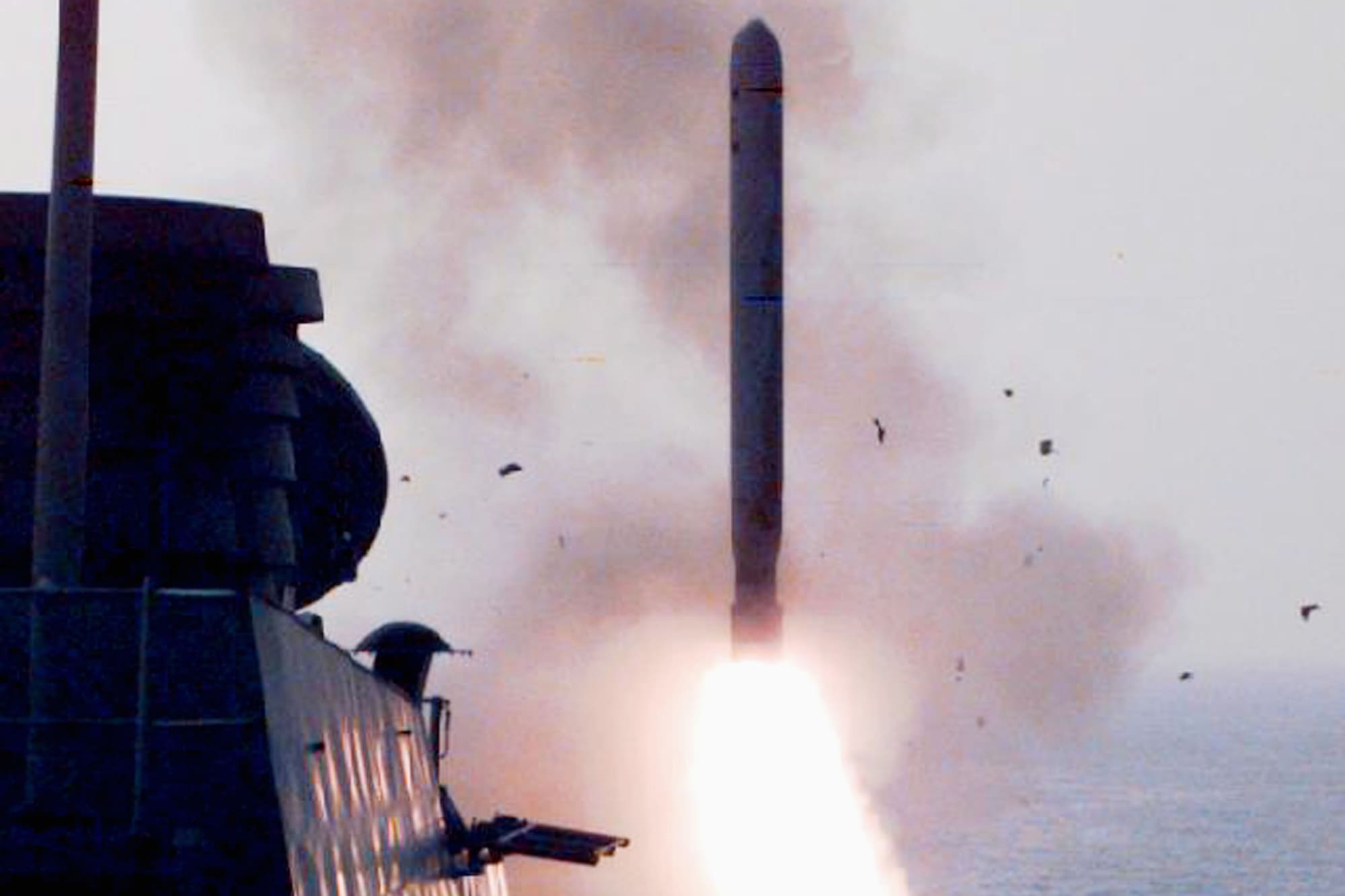U.S. President Donald Trump said Monday that he’s considering sending Tomahawk missiles to Ukraine, saying it would provide “a new step of aggression” in its war with Russia.
As the president travelled on Air Force One to the Middle East on Monday, first to Israel and then Egypt for talks on finalizing a peace deal for Gaza, when asked if he would send Tomahawks to Ukraine, Trump replied “we’ll see… I may.”
He also signaled he could use the supply of Tomahawks to pressure Russia to end the war, telling reporters: “I might say ‘Look: if this war is not going to get settled, I’m going to send them Tomahawks.’
“The Tomahawk is an incredible weapon, very offensive weapon. And honestly, Russia does not need that,” he said, according to comments reported by Sky News.
Trump and Ukraine’s President Volodymyr Zelenskyy have discussed the potential provision on Tomahawk missiles, which would allow Ukraine to launch robust counter-attacks against Russia.
But the U.S. president is keeping his cards close to his chest regarding whether he will actually send the missiles to Ukraine. He said Monday that he would call Russian President Vladimir Putin to discuss the matter. No such call has been scheduled, as yet, according to comments from the Kremlin on Monday.
Russia has warned that any provision of long-range cruise missiles to Kyiv would be seen as a “serious escalation.”
What are Tomahawks?
Tomahawks are subsonic cruise missiles and can strike targets precisely from 1,000 miles away, even in heavily defended airspace, according to U.S. manufacturer Raytheon
Designed for striking high value or heavily defended land targets, Tomahawks can be fired from ground launchers but are typically launched from ships or submarines, and can be armed with conventional or nuclear warheads. The missiles don’t come cheap, with a reported average cost of $1.3 million each.
First developed in the 1970s, they are used by the U.S. military and have been purchased — or with agreements to purchase — by a number of allies, including the U.K., Japan, Australia and the Netherlands.
The latest version, called the Block IV Tactical Tomahawk, or TACTOM, has a data link that allows it to switch targets while in flight. It can loiter for hours and change course instantly on command.
Raytheon notes that U.S. and Allied militaries have flight tested the GPS-enabled Tomahawk over 550 times and used it in an operational environment more than 2,350 times. Its most recent use came in 2024, when the U.S. and British navies launched Tomahawk missiles at Houthi rebel sites in Yemen.
Russian reaction
Kremlin Spokesman Dmitry Peskov said last week that Moscow’s leadership was waiting to see the specifics of any deal to supply Tomahawks, but was scathing about the prospect.
“This would be a serious escalation which, however, wouldn’t change the situation for the Kyiv regime on the front lines. But it’s important to understand that, leaving aside the details, we’re talking about nuclear capable missiles. Therefore, this is truly a serious escalation.”
On Monday, former Russian President Dmitry Medvedev said that any Tomahawk supply could end badly for everyone, including Trump. He noted that it’s impossible to distinguish between Tomahawk missiles carrying nuclear warheads and conventional ones after they are launched.
“How should Russia respond? Exactly!” Medvedev said on Telegram, in comments translated by Reuters, seeming to hint that Moscow’s response would be a nuclear one.
Asked on Monday about Trump’s comments that he would talk to Putin about Tomahawks, Peskov said “there are no clear agreements on a phone call.”
Could they be a game-changer?
Ukraine and its supporters say the supply of Tomahawks would greatly enhance the country’s strike capabilities and the threat it poses to Russian assets, such as military bases, energy infrastructure and logistics hubs.
Supplying Tomahawks could, as such, be another push factor that brings Russia to the negotiating table with Ukraine and its Western allies, particularly the U.S., wanting to see an end to a war that Moscow began in February 2022.
Ukrainian leader Zelenskyy said in his nightly address Sunday that Kyiv was working closely with the White House to strengthen its defensive capabilities, including its long-range capabilities.
“We see and hear that Russia fears the possibility of the United States providing us with Tomahawks. It is a signal that this kind of pressure can be effective in achieving peace. President Trump and I agreed that our teams and our military will be working on all the matters we discussed,” he said.
As Trump looks to cement an end of hostilities between Israel and Hamas, his attention could well turn back to Russia, with the president already signaling waning patience with Putin.
In addition, Trump’s publicized coveting of the Nobel Peace Prize (which he missed out on this year) could help spur the president on to deliver peace in Ukraine.
“That Trump did not get the Nobel peace prize this time could turn into good news for Europe. He wants the prize. But he still has to earn it,” Holger Schmieding, chief economist at Berenberg Bank, noted Monday.
“If Trump were to put enough pressure on Putin to stop the war against Ukraine, the U.S. president would indeed be the top candidate for the prize next year … Media reports about potential deliveries of U.S. Tomahawk missiles to Ukraine suggest that Trump is getting tougher with Putin. That would be a start,” Schmieding said.
International: Top News And Analysis
Read the full article <a href="Read More” target=”_blank”>here.


